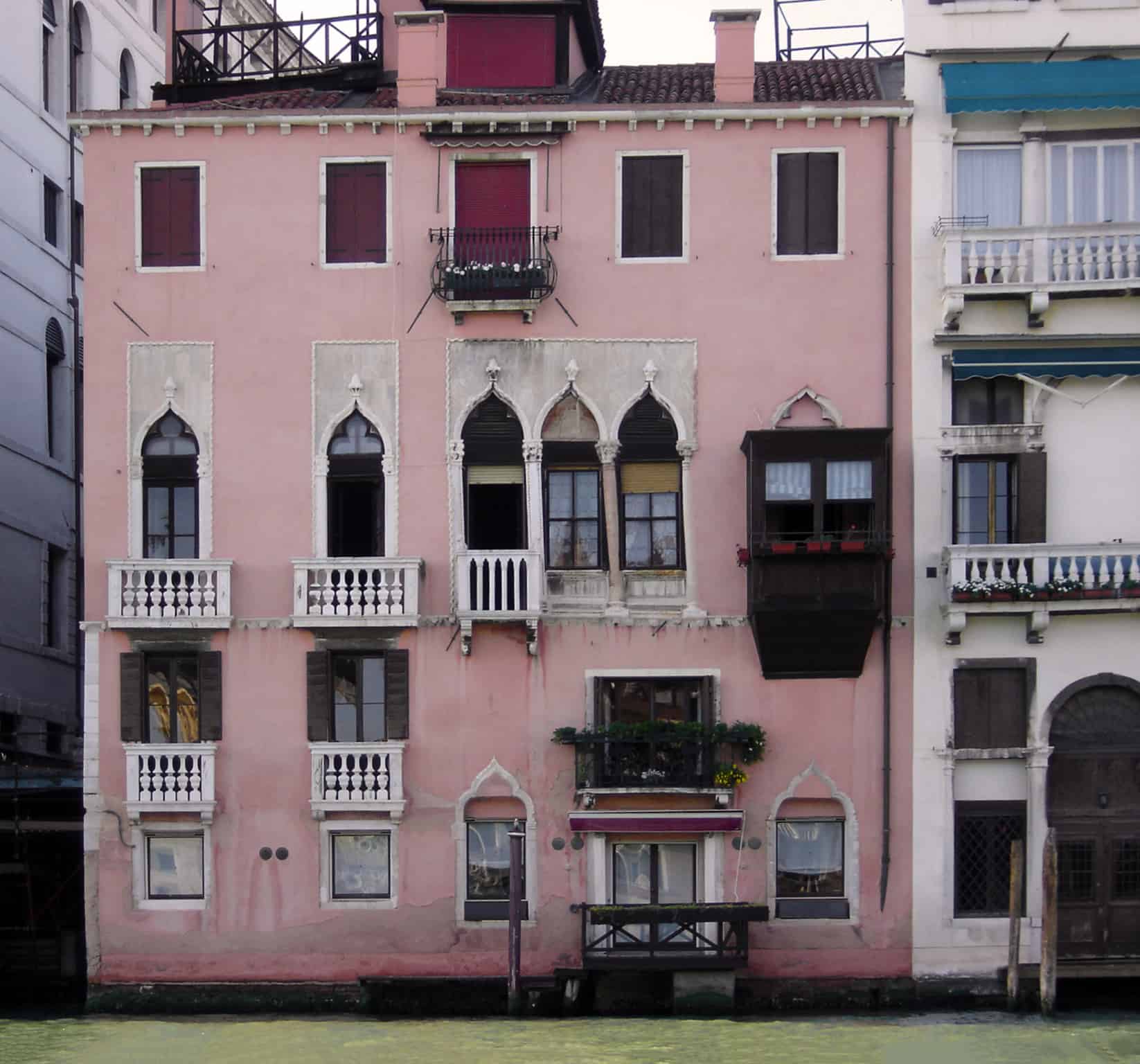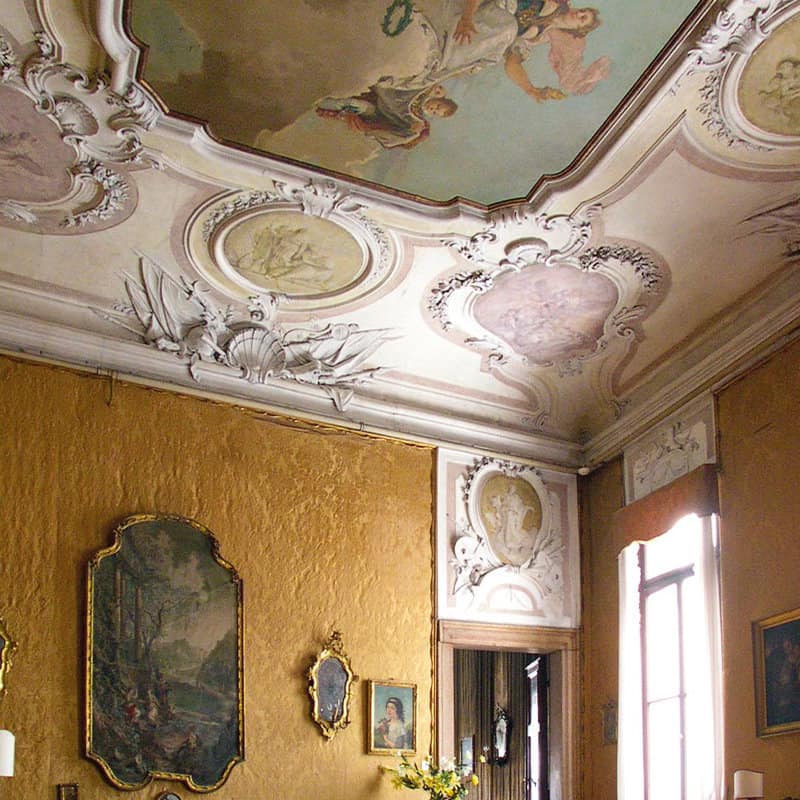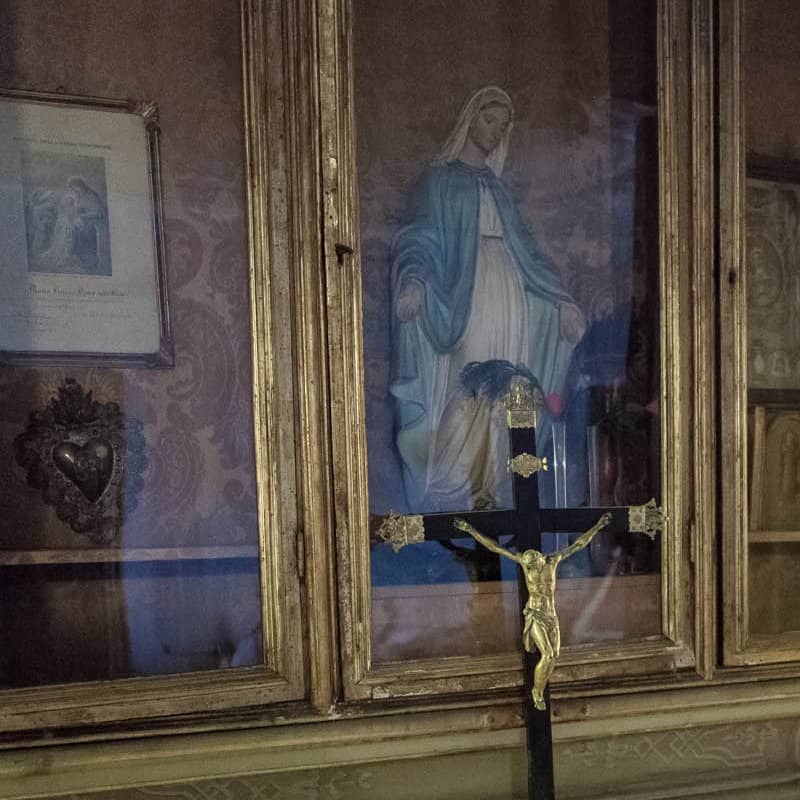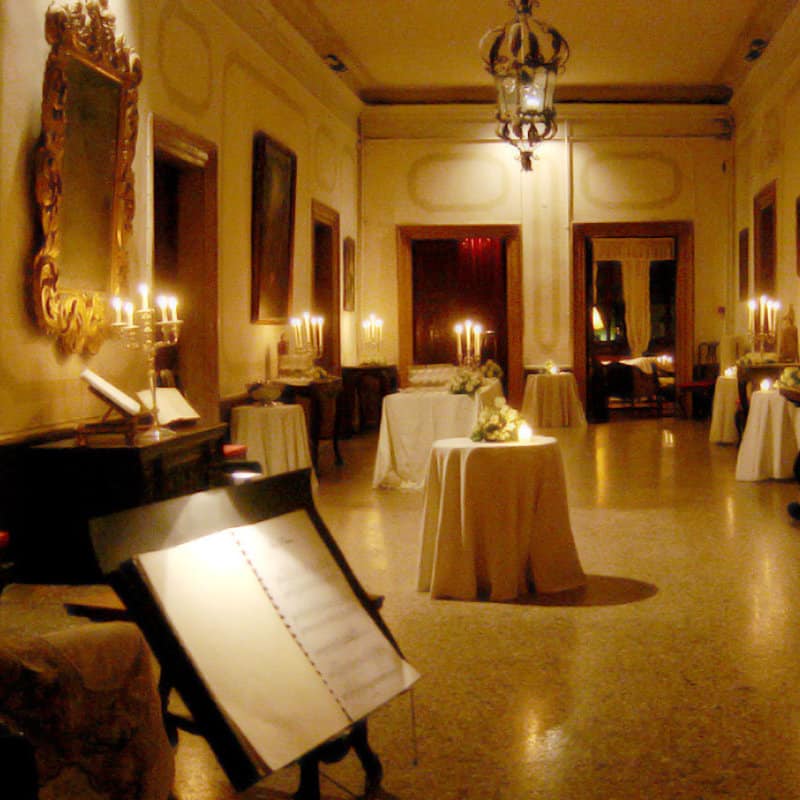Palazzo Barbarigo Minotto faces the left side of the Grand Canal and it was formed by two different buildings joined together in the XVII century. The ancient part was originally known as Palazzo Minotto, a 15 th century gothic palace featuring 12 th century Byzantine friezes and Palazzo Barbarigo, built in the 17 th century.
Origines and reputation of the Barbarigo Family
The Barbarigo were an aristocratic family of Istrian origin. A member of the family named Arrigo defeated the Saracen pirates in a battle in the year 880 and returned to his own country with the enemies’ cut beards: from here the name and the coat of arms showing six beards. One of the most important families in Venice, the Barbarigo count bishops, cardinals and patriarchs as members of the family. Among these San Gregorio Barbarigo, born here in the 1625, beatified in 1761and consecrated in 1960 during John XXIII’s pontificate, formerly patriarch of Venice.
The Barbarigo family also founded the first church of Santa Maria del Giglio in 955, called S. Maria Zobenigo (THE LION OF VENICE).
The Serenissina had two doges from the Barbarigo family: Marco, who reigned from 1485 to 1486, the first doge to be crowned on the Giants’ Staircase of the Doge’s Palace. His reign was very short and he seems to be dead because of a violent dispute with his brother Agostino, happened during an assembly of the Senate. His brother Agostino Barbarigo became then Doge, the supreme chief of the Serenissima from 1486 to 1501 in the same years when Caterina Corner, queen of Cyprus, gave her reign to Venice. He imposed the costume of the kiss on the Doge’s hand.
After Gregorio Barbarigo’s marriage with the smart and well-educated Caterina Sagredo in 1739, the most celebrated artists of that time were, among who the master Giambattista Tiepolo, Francesco Fontebasso, Mengozzi Colonna and Carpoforo Mazzetti were called to decorate the palaces, both the Byzantine former Minotto and the 17 th century one, as if they were one single building.

Palazzo Barbarigo Minotto restoration in the eighteenth century

In 1741 was hired the Ferrarese quadraturist Gerolamo Menegozzi Colonna who painted the domestic chapel placed in a recess of the wall and hidden by two wooden shutters. In 1742 Menegozzi Colonna intervened also on the portego, the central hall, designing the beautiful drawings of the Venetian terrazzo pavings.
Inside it, the beautiful doors are Louis XIV style, banded in walnut and with bronze handles shaped as vine leaves.
The piano nobile still preserves a patrician chapel with elm and walnut inlaid flooring and the wonderful stuccos by Carpoforo Mazzetti called Tencalla.
Carpoforo Mazzetti, pupil of Abbondio Stazio, both Ticinese artists, molded the stuccos of the Alcove in the rocaille style, formed by the central opening where the bed is placed, branching out on both sides to reach the doors adorned with mirrors.
The crest of the central opening is adorned with shield-carrying angels who turn their backs and overlooking the alcove. Mazzetti also worked on the dining room’s stuccos representing mythological scenesin pale colours and very realistic and colourful animals.
Gianbattista Tiepolo started his work here in 1741, painting the wonderful
monochromes and two of the overdoors that frame the central oil canvas, The triumphof Virtue and Nobility over Ignorance, now part of Cà Rezzonico’s collection andreplaced here with a 20 th century copy.
The massonic symbolism
The whole pictorial decoration represents the cultural interests of the couple “Gregorietto” and Caterina Sagredo, freshly married. Four monochromes represent Sciences: History, Astronomy, Geography and Astrology. The other four, with mixtilinear framings represent the Arts: Painting, Sculpture, Music and Poetry. The frescoes in the over doors depict Merit and Abundance. This cycle is influenced by the neoclassical trend that, during that period, conquered the city through its ornamental motives, ancient-looking sculptures, sarcophagi, amphorae and vases, together with the “Olympic grace” of its figures. These signed works of art display Gianbattista’s expertise in such a painting. The yellow parlor is also known as “the room of Wisdom” since the whole cycle of the monochromes represents the celebration of the commissioner, a lover of the arts and sciences giving wealth and nobility.
The central canvas, painted by Tiepolo in 1744-1745, next to the two female figures representing Virtue and Nobility, there is the face of a young page holding a drape the vest of Nobility. It is probably the portrait of the painter’s son, Giuseppe Maria, a future Somascan father; we notice another figure, supposedly a self-portrait of the artist himself. A bat, held by a genie, right next to the “fallen” figure, represent Vice and Ignorance defeated by Virtue and Nobility, a celebrative representation of the commissioners. This painting is also an example of Tiepolo’s artistic maturity and of a high quality, highly influenced by Veronese models.

The palace today

The Barbarigo family extinguished in 1804 with the death of the smart salon-holder Contarina Barbarigo and the palace was inherited by the Marcantonio Michiel family.
After a lot of vicissitudes, the palace became property of the Donà delle Rose family.

